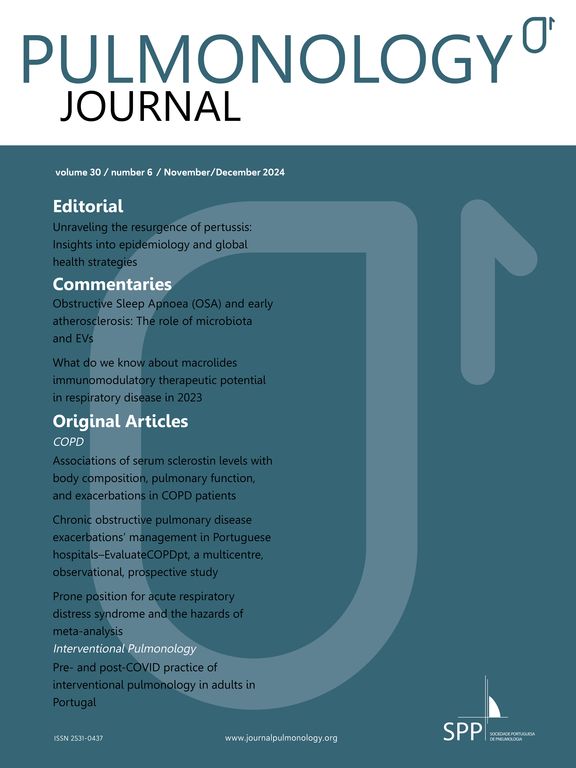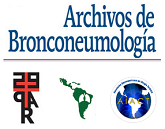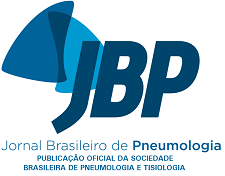We have read with interest the article entitled pregnancy in alpha 1 antitrypsin (AAT) deficiency and the role of intravenous AAT therapy 1 and we would like to make some considerations in this regard. The first is it attracts attention that substitution therapy is used in a patient who has no indications for it (diagnosis of bronchial asthma, Pi*SZ genotype and AAT levels of 80 mg/dL), if we review the indications according to the latest European Guide for the Diagnosis and Treatment of AATD, the Pi*SZ genotypes are excluded for it, because there is no evidence to support efficacy of AAT augmentation therapy in Pi*SZ, Pi*MZ or current smokers of any protein phenotype,2 and currently there are no indications for diseases other than chronic obstructive pulmonary disease (COPD).
Up to date, we know that patients with the Pi*SZ genotype appear to be at risk of developing respiratory disease (in the form of emphysema) and liver disease (in the form of fibrosis and/or cirrhosis), and because of this, we sometimes choose for starting augmentative treatment (even knowing that it is not indicated by the guidelines) in those who have been diagnosed with emphysema-type COPD due to the poor evolution of patients with usual treatment.3 However, in the case presented, we did not observe data on pulmonary emphysema that would support the use of this treatment.
We also know that bronchial asthma is defined as a chronic inflammatory disease of the airways, it is well known in which different cells and inflammatory mediators participate, and that cells such as eosinophils as a cell mainly that produce inflammation of the airways and that main function of the AAT in the body is to be the major inhibitor of elastase produced by neutrophils. It behaves as an acute phase reactant, increasing its levels to deal with inflammatory or infectious phenomena, so it theoretically seems to be a good candidate to counter the effects produced by bronchial asthma at the cellular level. However, nowadays the use of augmentative therapy in patients with AATD and bronchial asthma is highly controversial and no guidelines support its use in this type of patient due to lack of evidence.
One thing that has become clear in this case is that during pregnancy, patients affected by AATD can worsen the symptoms of their respiratory disease and appear other types of complications,4 which is why it is necessary to closely monitor them. Nevertheless, the effect of AATD and augmentation in pregnancy has not been studied and thus guidance is relevant on expert opinion and clinical experience. Existing case reports of AATD and pregnancy have focused primarily on whether pregnancy can be tolerated in individual patients.5
This case is very complex and should be based on expert opinions, since although AATD presents a great clinical variability, the guidelines can help make decisions, but it would be necessary to carry out studies with a large sample size to verify that the theory and real cases such as the current one, and the replacement therapy can be extended to for diseases other than COPD and the other genotypes.
The authors declare have not received funding to write this article.






